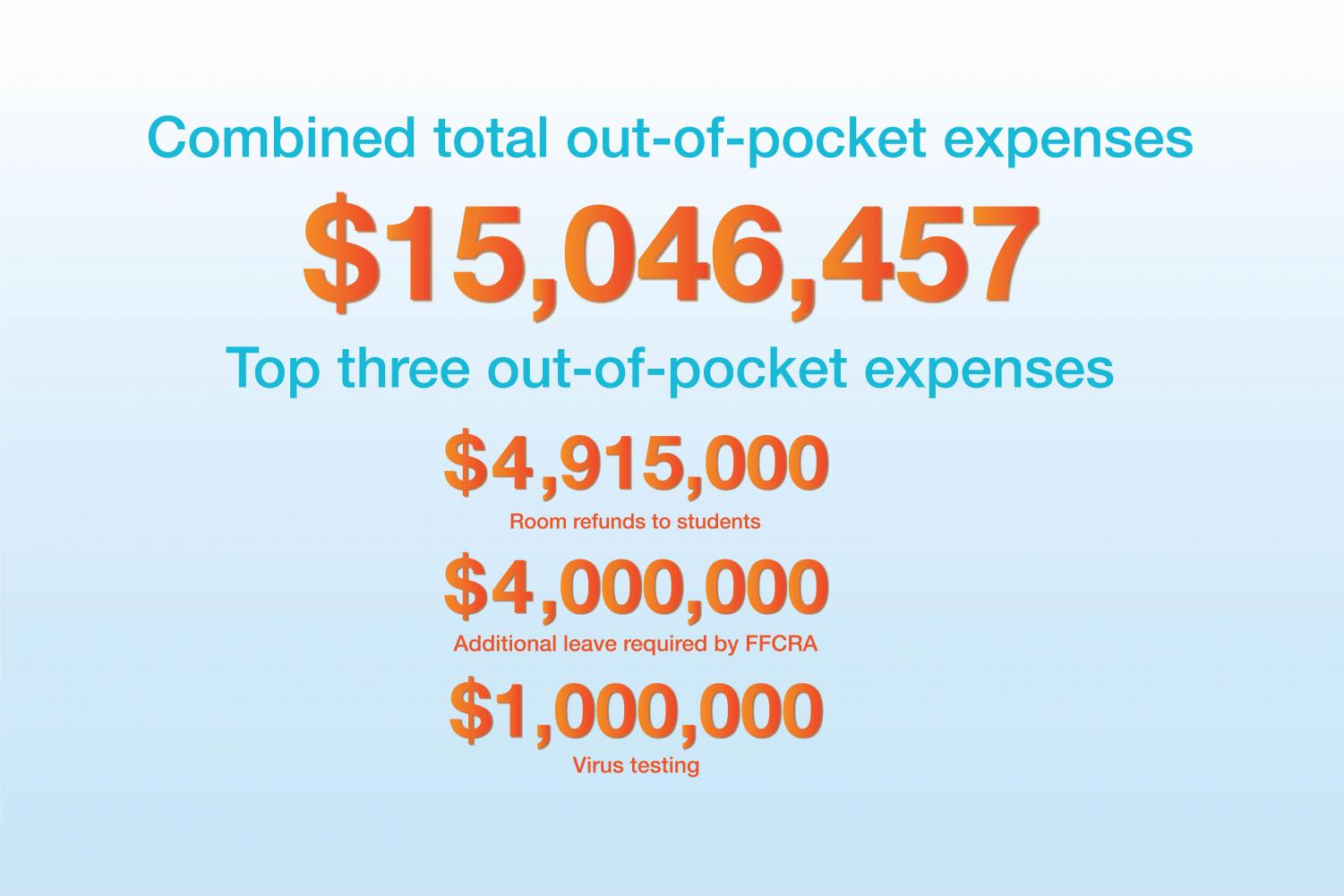Breaking down UVM’s May 2020 budget request to the state of Vermont
July 20, 2020
The University of Vermont requested $15,046,457 in COVID-19 relief funds from Vermont’s House Appropriations Committee in May along with $72,750,000 for non-COVID expenses.
The following graphs illustrate the summary of out-of-pocket expenses that the university incurred from COVID-19, expects to incur as a result of the pandemic and anticipated non-COVID expenses. This request was put together by Richard Cate, UVM’s Vice President for Finance and Treasurer.
The out-of-pocket expenses were broken down into three categories, Paid Expenses as of 5/04/2020, Projected Additional Commitments through 6/30/2020 and Estimated Additional Expenses for Academic Year 2020-21.
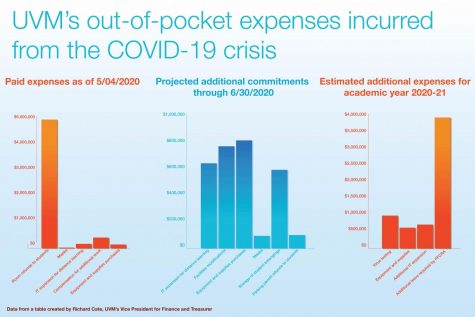
Of those three categories, the largest out-of-pocket expenses were the Estimated Additional Expenses for Academic Year 2020-21 estimated at $6,355,000. Almost all of this money will be allocated towards virus testing and additional leave required by FFCRA.
Along with COVID-19 related relief funds UVM has also requested money for Student financial aid, technology for pell-eligible students, the creation of a new Bachelor of Interdisciplinary Studies program, Expanding UVM’s reach, and continued legislative support.
“The April 15 letter from President Garimella to Governor Scott included a request for additional financial aid for students in the amount of $8 million as a result of ongoing financial hardship caused by the pandemic,” the report states.
As time went on UVM realized its actual needs of additional financial aid for students reach $20 million, states the report. The University has decided to allocate 30% of this money to first-years, 25% to sophomores, 23% to juniors and 22% to seniors.
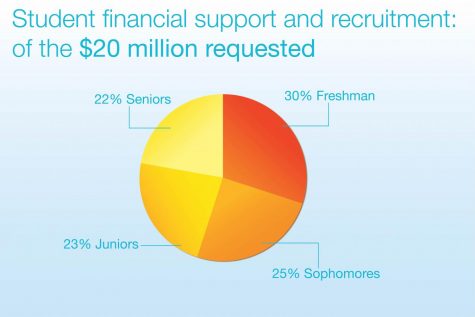
“Because UVM relies for 80% of its tuition revenue on out-of-state students, this is cause for particular concern,” Cate states.
Cate wants the state to recognize that this issue is not just UVM’s, it is also the state of Vermont’s.
“It also should be cause for concern to the state, since 31% of UVM’s out-of-state students end up choosing to relocate to Vermont, contributing to the state’s economy in ways that are critical to Vermont’s long-term health,” Cate states.
In anticipating that students will be working more on their computer than they have in previous years, UVM has asked the state to provide them with $250,000 which they will use to give technology to pell-eligible students.
“Students come to us with highly variable technology assets, which fosters a platform for educational inequality,” Cate Stated.
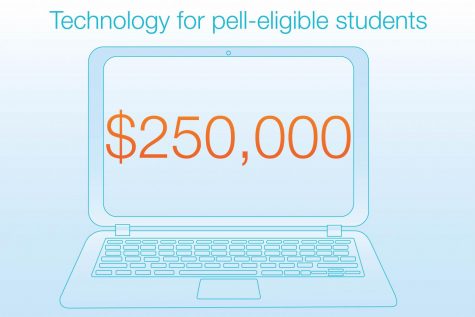
UVM has also asked for $3 million to start a Bachelor of Interdisciplinary Studies Program. This program could be in the College of Arts and Sciences but it would allow for concentrations in other colleges.
“Many of these adults may have recently experienced job loss or had their work hours curtailed and may be seeking an affordable educational opportunity,” Cate stated.
These courses would be offered evenings and weekends and in-person in a remote or online location, he stated.
“Once credentialed, these learners would provide economic impact throughout the state of Vermont,” Cate stated. “We would enhance our career services for these learners and work with businesses and organizations throughout the state to support job placement in targeted, rural communities.”
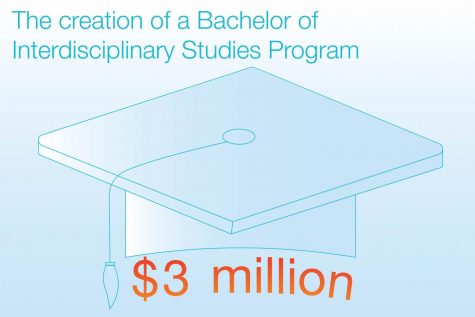
UVM recognizes that the COVID-19 crisis requires permanent solutions if they want to remain open during and after the pandemic.
“Higher education will undergo a permanent change after this crisis,” Cate stated. “In order to remain viable, it will be vital that UVM evolve as an institution.”
In order to prepare for these permanent changes, UVM wants to build a stronger online education platform, specifically for sustainable farming, food systems, water quality, and environmental sustainability.
The university believes that if done well this new method of education will attract new distance learners as well as retain on-campus students who, according to Cate, increasingly expect a portion of their educational programming to be online.
“We need to be nimble in order to survive and thrive,” Cate stated. “That will take additional technology resources, course designers who specialize in the conversion of course material to online formats, and substantial faculty training.
Cate estimates the cost of this new programming to be around $5 million.
The request to Vermont’s House Appropriations Committee was concluded with Cate asking the state to continue to fund the two priority items that were included in the FY 21 budget request.
The University asked the state to maintain the annual state appropriation of $42.5 million which will allow the university to provide Vermont students with high quality and affordable education. Cate stated a cut to the annual appropriation would be devastating.
“Potentially resulting in the loss of scholarship dollars for needy Vermont families, fewer critical extension workers to directly assist farmers and other small businesses and a hit to the development of physicians the state can ill-afford,” he stated.
The second item in the FY 21 budget request was $2 million for standing up the UVM Office of Engagement, a new endeavor that Cate states will enable the university to use its significant resources to serve as a consulting service for Vermont.
“The Office of Engagement will be a ready partner in Vermont’s economic recovery,” Cate stated.
